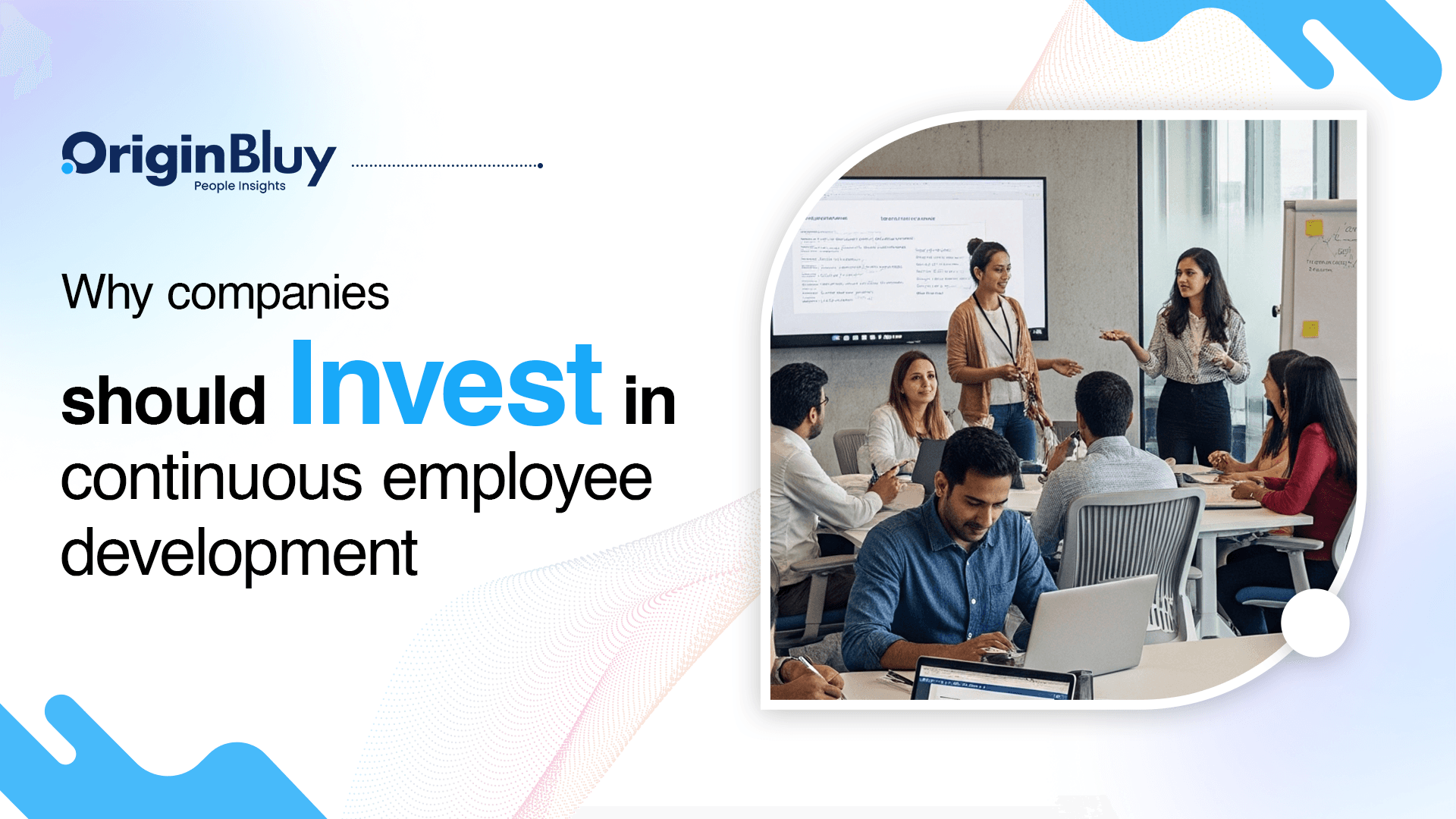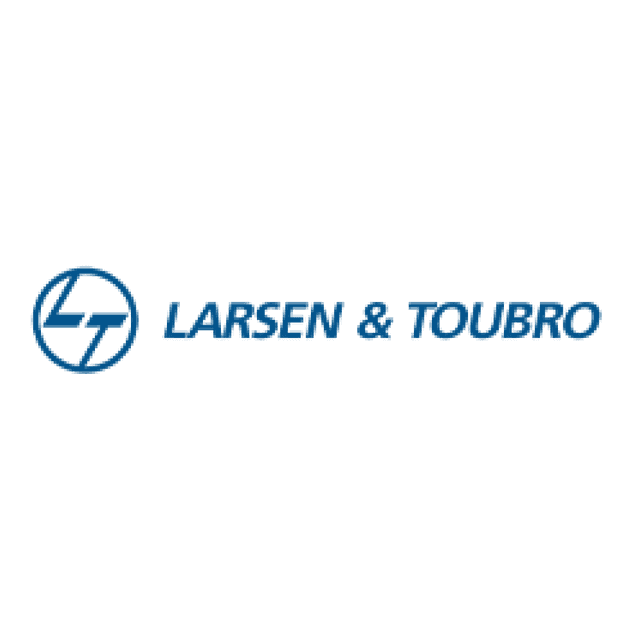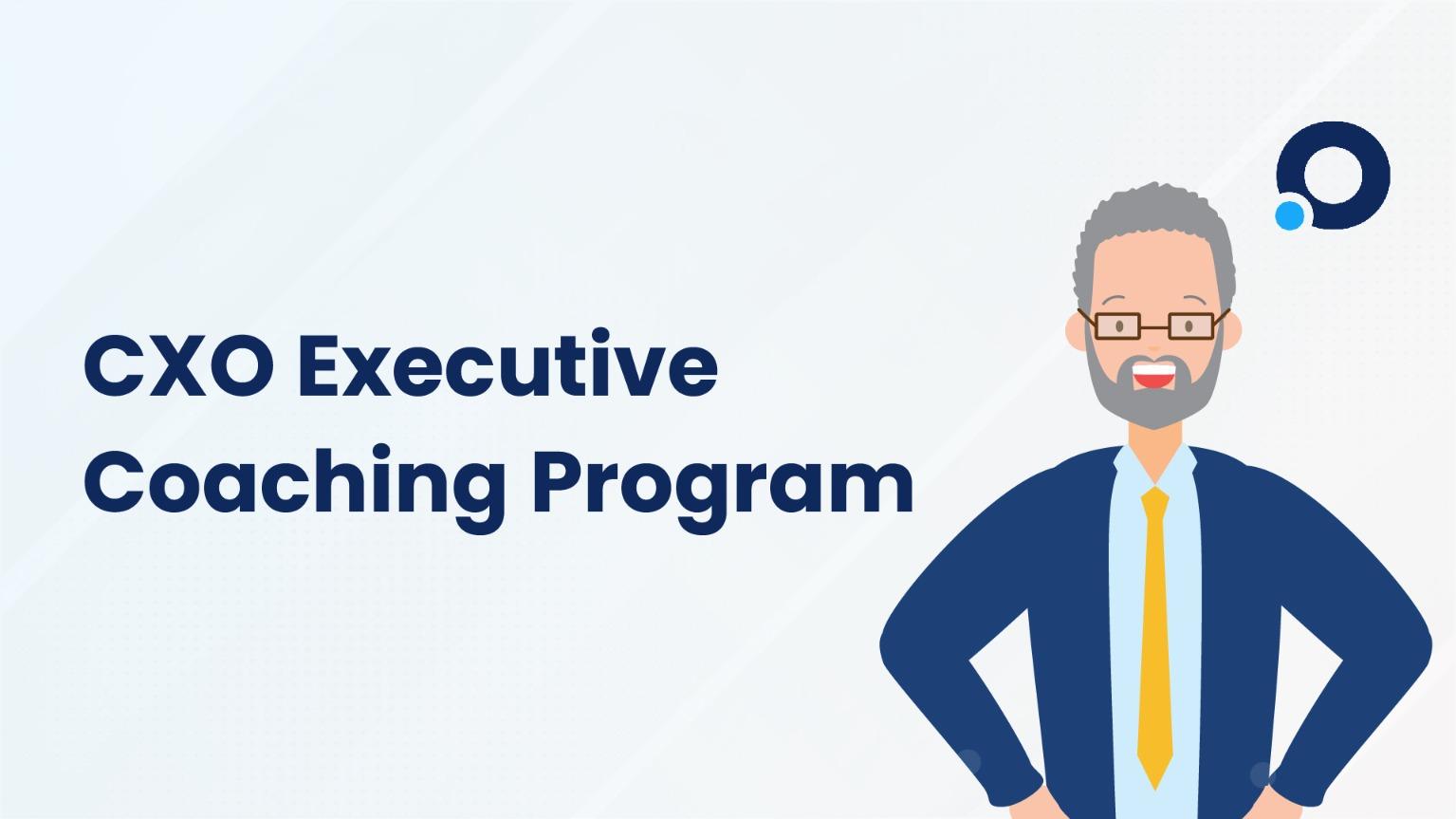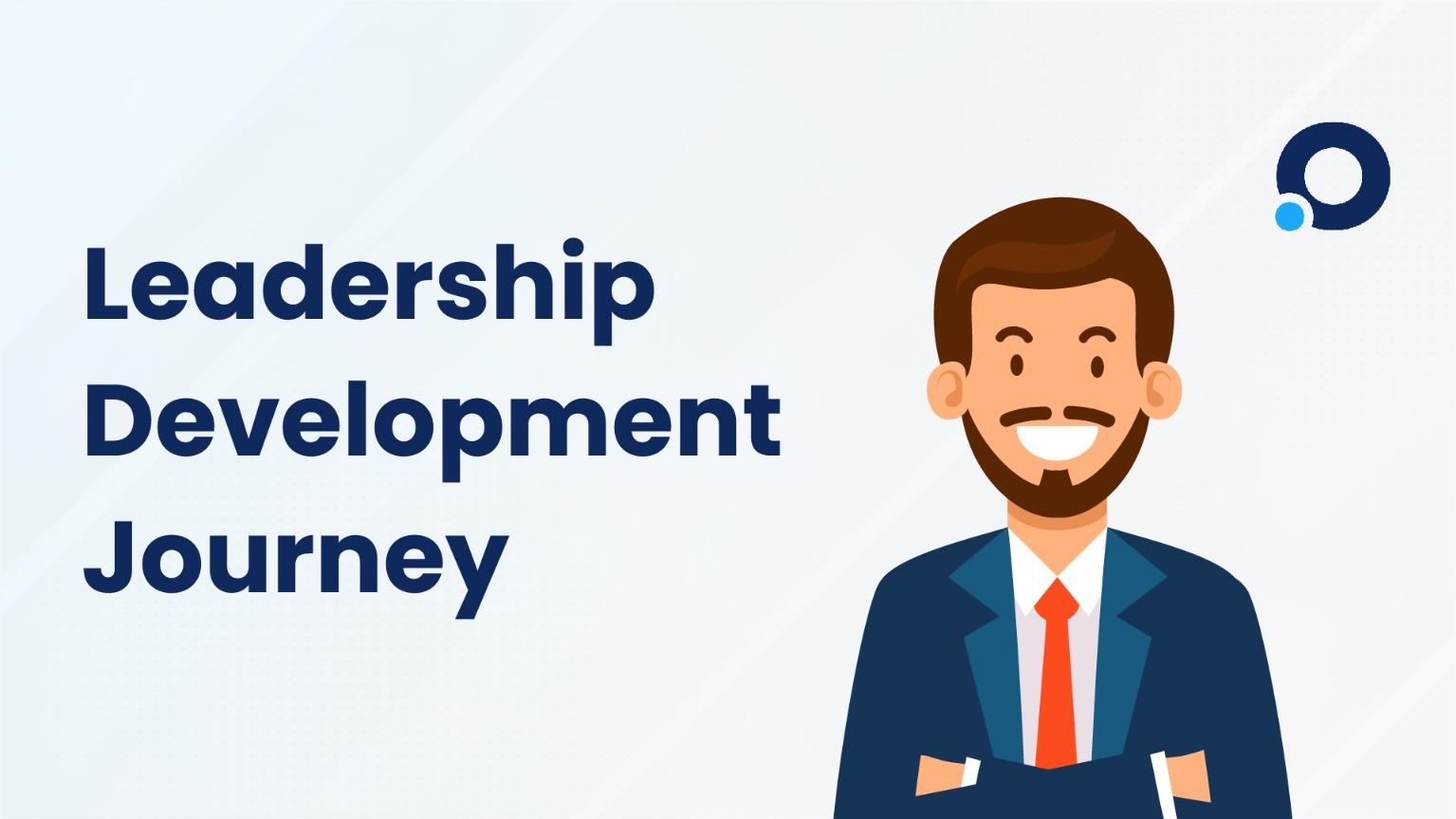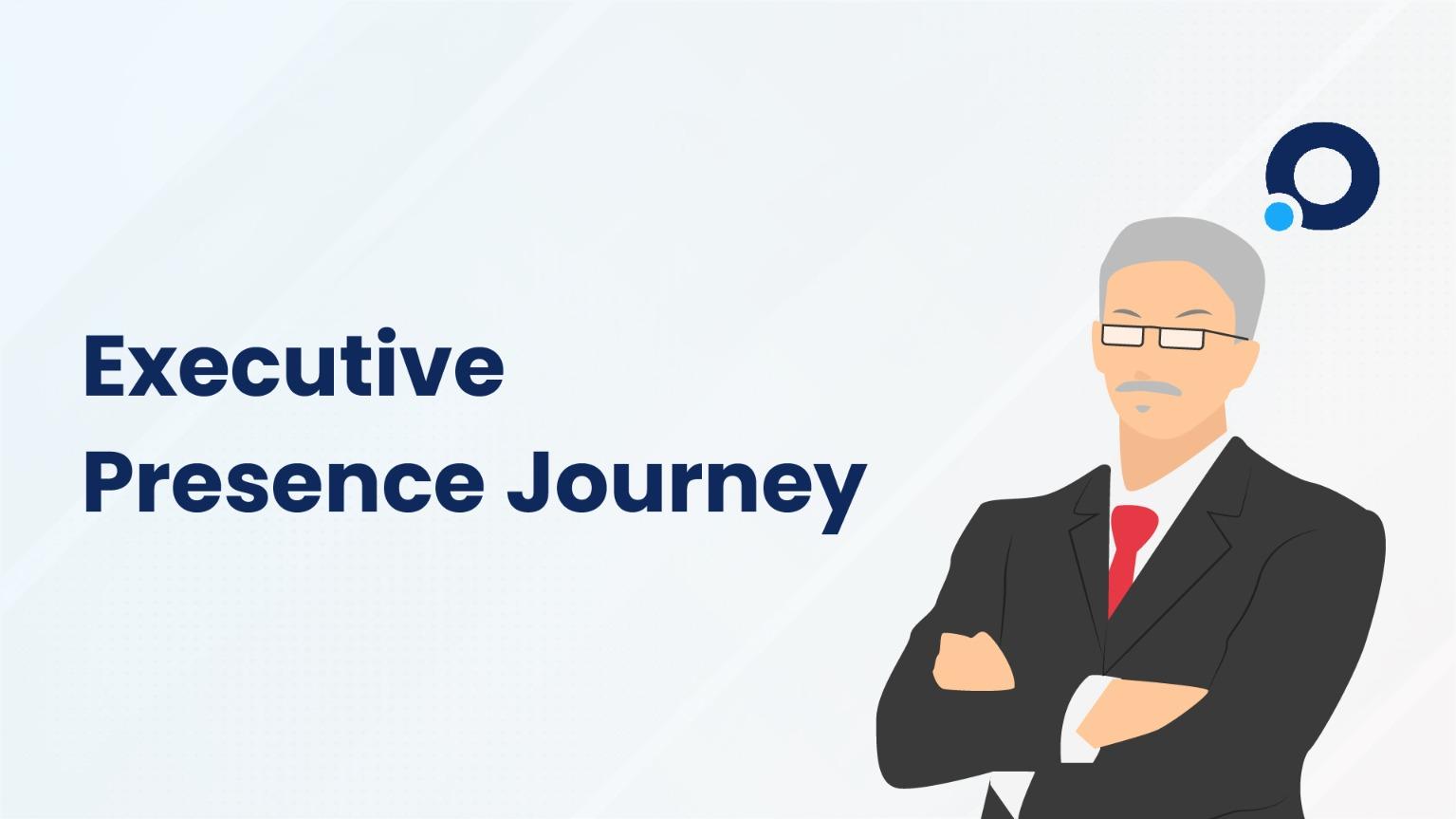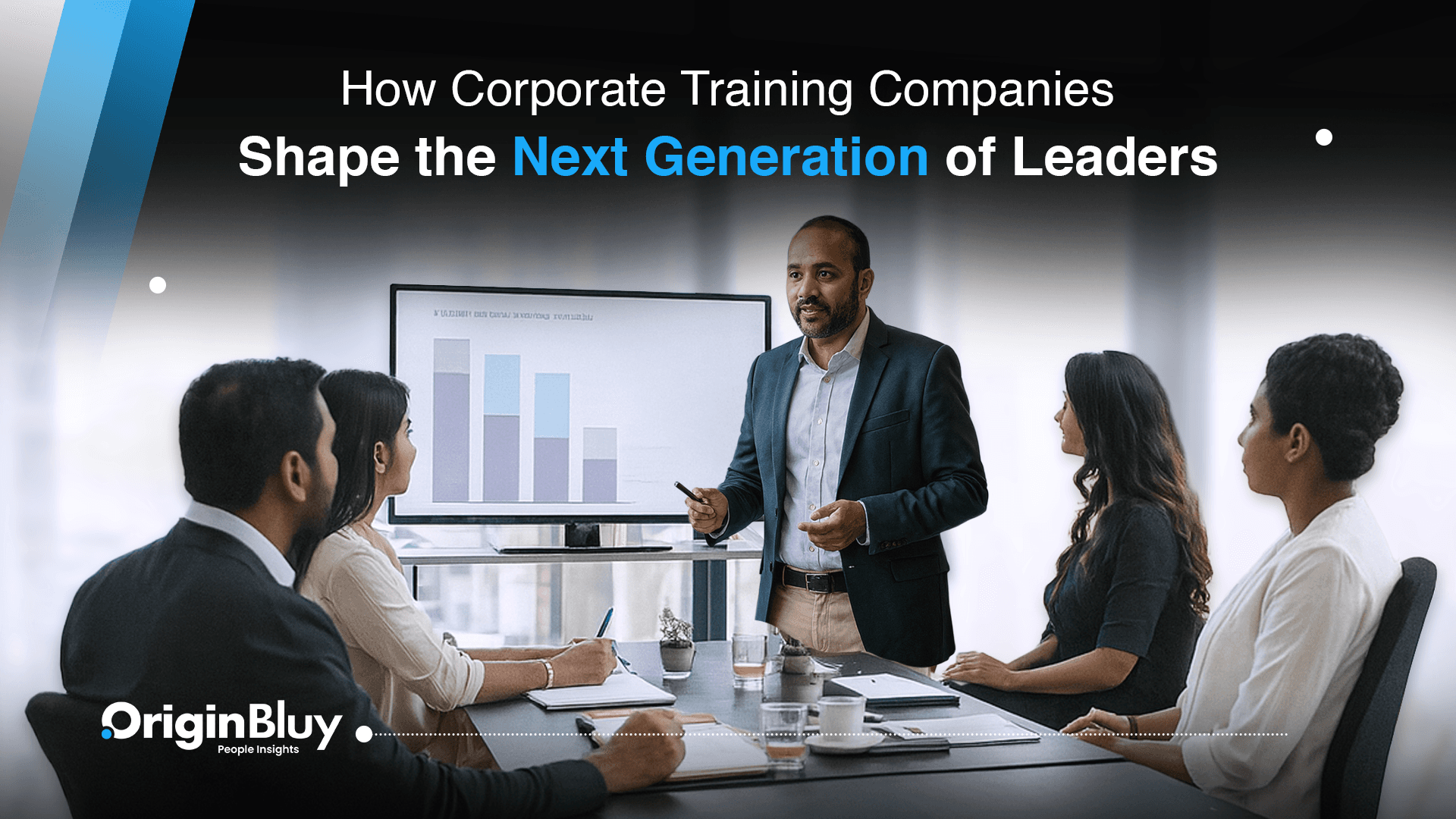Introduction
The dynamic business environment has made continuous employee development a strategic imperative rather than an option. Unlike one-off training, continuous development is a lifelong process that advances skills, leadership, and professional growth across the employee lifecycle. It keeps people adaptable and innovative, hones technical, leadership, and soft skills, and fosters a proactive learning culture—driving engagement, lowering turnover, and building long-term competitive advantage.
What Is Continuous Employee Development?
Continuous employee development is an organization’s commitment to ongoing learning opportunities that expand employees’ skills, knowledge, and capabilities. Rather than sporadic workshops, it blends formal training, on-the-job learning, mentorship, e-learning, and self-guided resources into a sustained journey. It ensures employees stay ahead of evolving technologies, market demands, and organizational goals.
The Business Case for Investing in Employee Growth
- Performance & productivity: Updated skills improve efficiency and reduce errors.
- Leadership pipeline: Leadership Development Program in Mumbai builds decision-making, team management, and strategic thinking.
- Innovation: Continuous learning drives creative problem-solving.
- Engagement & retention: Learning cultures see significantly higher retention rates.
- Close skill gaps internally: Upskilling promotes internal mobility and reduces hiring costs.
- Employer brand: A reputation for development attracts top talent.
How Corporate Training Programs Support Long-Term Impact
Corporate training turns continuous development into measurable results. Leadership, sales, and executive coaching elevate current performance and prepare teams for future challenges. Sales training sharpens communication, negotiation, and product expertise, while executive coaching refines leadership style and problem-solving, aligning with company values.
Beyond Skills: Building Confidence, Culture & Loyalty
Beyond technical abilities, training builds confidence, resilience, and collaboration. Employees who continuously learn are more adaptable, willing to take on new roles, and often mentor peers—creating a self-sustaining culture of growth.
Overcoming Common Barriers to Training
- Budget constraints: Use cost-effective learning like micro-learning, blended training, and mentorship.
- Time constraints: Integrate short learning modules into daily workflows.
- Measuring ROI: Track KPIs such as productivity, engagement, and promotion rates.
- Leadership buy-in: Leaders should participate and advocate for learning initiatives.
- Personalized learning: Tailor training to individual roles and goals.
Conclusion
Continuous employee development is essential for long-term growth, innovation, and retention. With scalable solutions, integrated learning workflows, and measurable outcomes, businesses can create agile, future-ready teams. Companies that prioritize learning will lead with confidence in an ever-changing market.












